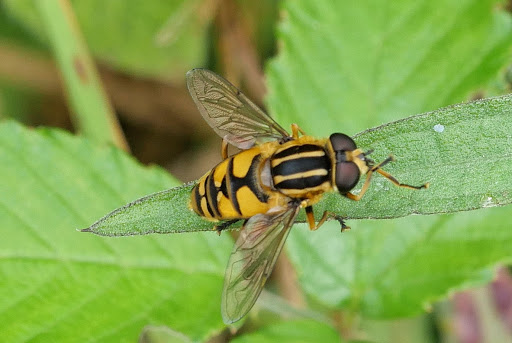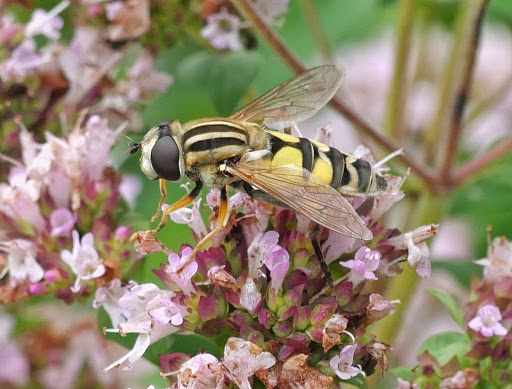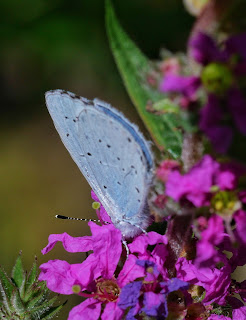A first visit to Pulborough since Lockdown 1 last Wednesday was followed the next day by start of Lockdown 2 and probably means no more visits this year.
Caught up with PW, JU,KN plus Richard (immediately furloughed again!) and Michael and spent the whole time sat by Reception Pond where a couple of Woodlarks and singles of Raven and Sparrowhawk were the best. Precious little wildfowl on the South Brooks and no harriers.
Later at WWT, with just a short visit to Ramsar Hide only, the species list for the day crept up to a respectable 61 species -not bad considering minimal walking. Sad to hear of two long-term staff members leaving in the weeks ahead. Snipe and Water Rail put on a good show but again no harriers and even Kingfisher was a no-show.
For LD2 Pulborough and WWT remain open(no access to hides tho') with takeaway food and drink only, whilst Titchfield Haven is totally closed for the duration - curious as the HCC run 'sister site' at QECP is managing to keep their cafe open for takeaways.
Unlike LD1 in spring with life bursting out, birdsong and arriving summer visitors it's going to be much harder to enjoy #BWKM0 but I'm guessing those with productive local patches will do OK. With places like reserves etc staying open to some degree and the addition of 'recreation' to 'exercise' in the list of permitted activities hopefully getting out slightly further afield than the local patch will be OK.
And below, last indoor coffee for a while.



















































